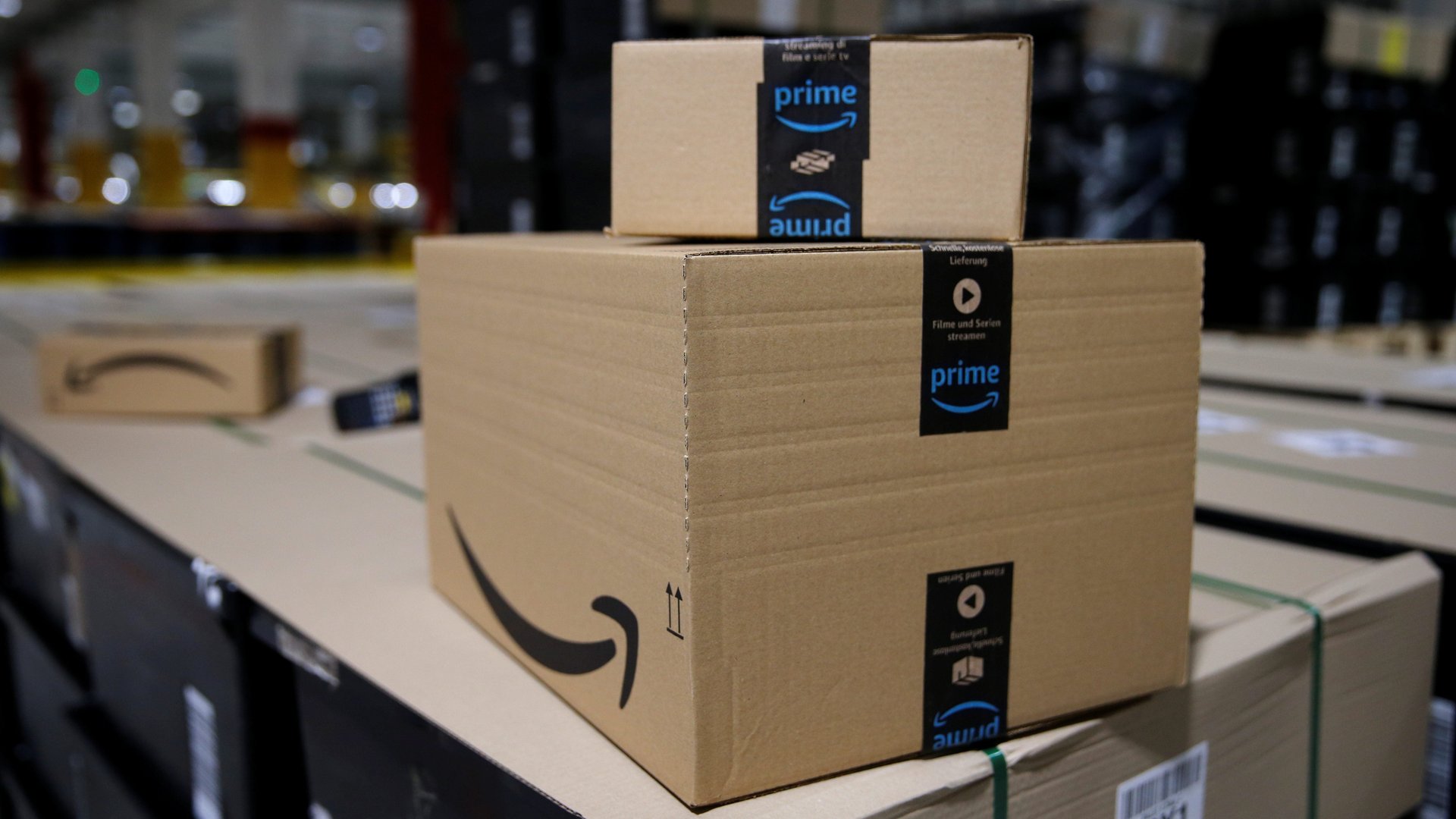Amazon ignored an international ban on dangerous factories in Bangladesh
Amazon is selling clothes made in Bangladeshi factories that leading fashion companies have shunned as unsafe for workers, a Wall Street Journal investigation has found.


Amazon is selling clothes made in Bangladeshi factories that leading fashion companies have shunned as unsafe for workers, a Wall Street Journal investigation has found.
The Journal was able to use shipping records, reports from safety-monitoring groups, interviews, and information on Amazon.com to connect garments for sale on Amazon to the factories that made them. It said it found clothes being sold on Amazon shipped from 51 factories other brands had blacklisted. None of the products were from the clothing brands Amazon owns itself. But 16 of the factories shipped items Amazon was selling directly, while the other 35 shipped items listed by third-party sellers on Amazon’s vast marketplace.
The findings reveal how platforms such as Amazon may contribute to the dangerous conditions garment workers face in Bangladesh by letting companies continue to profit from unsafe factories. The Journal also identified some products from banned factories for sale on other sites, including Walmart and Target. But Amazon had the most. It has since removed the listings.
The list of banned factories the Journal referred to came from two industry coalitions formed in the wake of the 2013 Rana Plaza factory collapse, which killed 1,134 people and drew international attention. The global fashion companies—including Gap, H&M, Benetton, and many others—making their clothes on the cheap in Bangladesh came under pressure to take at least some responsibility for conditions they enabled, if not contributed to directly.
The two separate coalitions of clothing retailers and manufacturers—one made up of mostly European companies known as the Accord, and another of predominately American businesses known as the Alliance—were dedicated to improving factory conditions in Bangladesh. Amazon never joined either, even though it began making its own clothing in Bangladesh in 2018 (and it has been selling goods from that country for even longer). But both coalitions were founded with five-year timelines, and the Alliance ceased operations on Dec. 31, 2018, while the Accord is currently handing off its work to a local Bangladeshi monitoring group.
These coalitions could blacklist factories, meaning brands in the coalition would stop placing orders with them, if the factories were unwilling to make the safety upgrades needed. That leverage led to significantly improved safety in Bangladesh’s garment industry.
But other brands have continued to use these factories, and their clothes can be found on sites such as Amazon. The Journal linked pants on Amazon to a Chittagong factory called Klarion Designs Ltd. the Accord blacklisted in 2017. It said the group banned the factory after waiting two years for it to fix damaged walls and remove locking doors, which managers can use to lock employees in and that can become a major hazard in a fire or other emergency. The pants were sold by Amazon itself and by third-party sellers.
A children’s top also for sale on Amazon was traced to Riverside Apparels, a factory that also had locking doors, and no fire alarms, despite fires being a known hazard in Bangladesh’s garment industry. Among its other issues were structural columns too weak to hold up the building housing it.
Amazon inspects factories making clothes for its private brands, but not those supplying the wholesalers or third-party sellers who make up most of its listings. Still, it says it expects those brands to adhere to its standards. “Amazon is committed to sourcing our private brands from socially responsible suppliers and working with brand owners, vendors, and manufacturers that share this commitment” the company said in a statement. It added:
If we become aware that a product is from a factory that may not meet our supply chain standards, we will remove the product from our store until we have evidence that it is produced with the same high standards we apply in our own supply chain. Although we know production of some products identified by the Journal is being moved to safer factories, and many of these products are available from other retailers, we have taken the step of removing all products from these parties from our store until we have verification they are no longer being sourced from ineligible factories under the Accord.
US lawmakers, meanwhile, have demanded that Amazon more carefully monitor what’s for sale on its site.
Update: This story’s headline has been changed to reflect that Amazon has taken action to remove the products from its site.